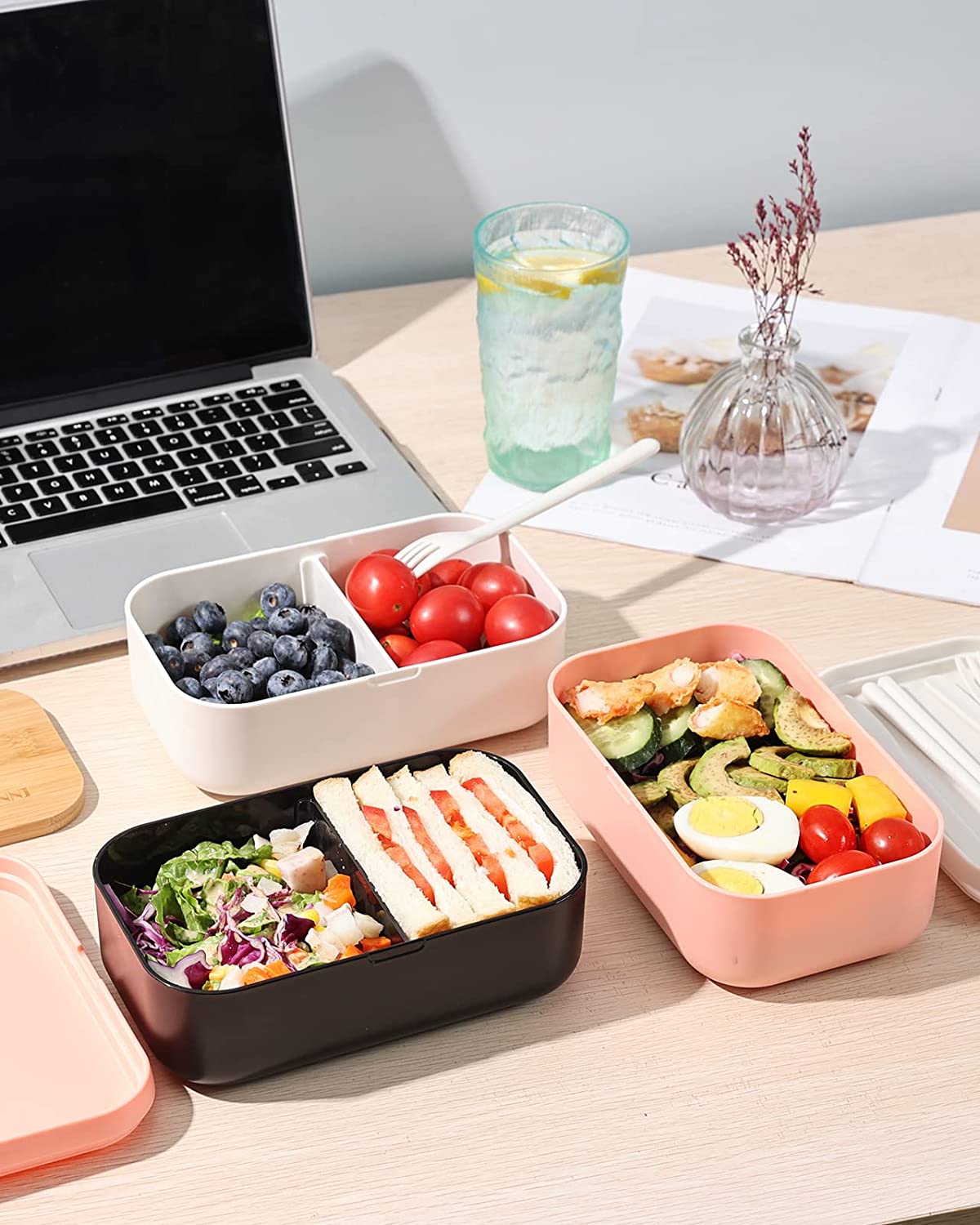

Articles
What Are Bento Lunch Boxes
Modified: August 28, 2024
Discover the benefits of bento lunch boxes for kitchen storage. Simplify meal prep and keep your food fresh with our wide selection of stylish and practical options.
(Many of the links in this article redirect to a specific reviewed product. Your purchase of these products through affiliate links helps to generate commission for Storables.com, at no extra cost. Learn more)
Introduction
Bento lunch boxes have become increasingly popular in recent years as a convenient and stylish way to pack lunches for school, work, or picnics. These innovative lunch boxes originated from Japan but have gained global recognition for their unique design and practicality. In this article, we will explore what bento lunch boxes are, their history, benefits, different types available, features to consider when choosing one, how to pack them, popular recipes, and tips for cleaning and maintaining them.
A bento lunch box, also known simply as a bento box, is a container specifically designed for portioning and packing a complete meal. Originating from Japanese cuisine, bento boxes are typically divided into compartments or sections to accommodate different food items, allowing for a balanced and visually appealing presentation.
The concept of bento lunches dates back centuries in Japan, where it was initially used to carry rice balls, pickled vegetables, and grilled fish as a portable meal for travel or work. Over time, bento box designs evolved, incorporating modern materials and features to make them more practical for everyday use.
There are numerous benefits to using bento lunch boxes. Firstly, they promote portion control and help in maintaining a balanced diet as the compartments naturally limit the amount of food that can be packed. This makes them ideal for those looking to manage their calorie intake or follow a specific dietary plan.
Bento lunch boxes are also eco-friendly, as they reduce the need for disposable containers, plastic wraps, and single-use bags. By investing in a reusable bento lunch box, you can significantly reduce your carbon footprint and contribute to a more sustainable lifestyle.
Furthermore, bento lunch boxes allow for creative presentation and customization. With separate compartments, you can pack a variety of different foods without worrying about them getting mixed or mashed together. This opens up endless possibilities for creating visually appealing and nutritious meals.
When it comes to choosing a bento lunch box, there are various types available to suit different needs and preferences. Some bento boxes are made of traditional materials like wood or lacquered plastic, while others are constructed from more modern materials like stainless steel or BPA-free plastic. Factors such as size, number of compartments, and leak-proof design should also be considered.
In the following sections, we will delve deeper into the history of bento lunch boxes, explore the different types and features, provide tips on how to pack them effectively, share popular bento lunch box recipes, and provide guidance on cleaning and maintaining your bento lunch box.
So, whether you’re a student, a working professional, or simply someone who enjoys packing their own healthy lunches, bento lunch boxes offer a practical and stylish solution for on-the-go meals. Let’s dive into the world of bento lunch boxes and discover the possibilities they hold!
Key Takeaways:
- Bento lunch boxes offer a practical and eco-friendly solution for packing balanced and visually appealing meals, promoting portion control and reducing waste.
- With a rich history and diverse types available, bento lunch boxes provide a versatile and stylish way to enjoy nutritious meals on the go.
Read also: 8 Best Japanese Bento Lunch Box for 2025
What Is a Bento Lunch Box?
A bento lunch box, also commonly referred to as a bento box, is a specially designed container used for packing individual meals. Originating from Japanese cuisine, the bento lunch box has gained popularity worldwide for its ability to provide a convenient and visually appealing way to pack a balanced meal.
Traditionally, a bento lunch box is divided into multiple compartments or sections to hold different types of food. These compartments ensure that each component of the meal remains separate and intact, preventing mixing or leaking. This allows for a pleasing and organized presentation of the meal.
Bento lunch boxes are available in various shapes, sizes, and materials. While the traditional bento boxes were made of lacquered wood, modern versions are now commonly made from materials such as plastic, stainless steel, or silicone. The choice of material depends on personal preferences, durability, and ease of cleaning.
One of the key features of a bento lunch box is its ability to promote portion control. With designated compartments, individuals can easily measure out appropriate serving sizes for different food groups. This can be helpful for individuals who are conscious of their calorie intake or follow specific dietary guidelines.
Additionally, bento lunch boxes are known for their versatility and flexibility. They can accommodate a wide range of foods, including grains, proteins, vegetables, fruits, and even condiments or sauces. This allows users to create a well-rounded and nutritious meal, ensuring that all essential food groups are included.
Bento lunch boxes also offer several advantages over other types of lunch containers. Firstly, they eliminate the need for multiple containers or bags, as everything can be packed together in one box. This reduces clutter, saves space, and makes it easier to transport and store the lunch box.
Secondly, bento lunch boxes are designed to be leak-proof or at least contain sealed compartments. This helps to prevent any liquids or dressings from spilling and keeps the different food items separated. Users can confidently pack foods with different textures and flavors without worrying about them blending together.
Moreover, bento lunch boxes are environmentally friendly. By using a reusable lunch box instead of disposable containers or single-use plastic bags, individuals can contribute to reducing waste and supporting sustainable practices. This makes bento lunch boxes a popular choice for those who strive to live a more eco-conscious lifestyle.
Overall, a bento lunch box is an excellent option for individuals looking for a stylish, practical, and organized way to pack their meals. With its focus on portion control, versatility, and convenience, a bento lunch box can help individuals maintain a balanced diet and enjoy their meals on the go.
History of Bento Lunch Boxes
The tradition of packing meals in bento lunch boxes can be traced back to ancient times in Japan. The concept of bento, which means “convenient” or “handy” in Japanese, has evolved over centuries to become an integral part of Japanese culture and cuisine.
The origins of bento can be found in the packed meals called “onigiri” that were carried by travelers during the Kamakura period (1185-1333). These onigiri, which are rice balls filled with various ingredients, provided a portable and nourishing meal option for samurai, hunters, and other travelers.
During the Edo period (1603-1868), the tradition of bento started to develop further. Bento boxes made of bamboo or wooden lacquerware became popular among the upper classes and were used to present elaborate and artistic meals. These intricate bento boxes often featured multiple compartments and were designed with intricate patterns or decorations.
The Meiji period (1868-1912) brought significant changes to the bento culture in Japan. With the country embracing modernization and Western influences, the traditional bento boxes made of wood were gradually replaced by more accessible and affordable materials like aluminum or tin. This made bento boxes more accessible to the general public.
During World War II, bento lunch boxes became even more prevalent as they provided a practical solution for individuals to carry their meals amidst the scarcity of food and resources. Bento boxes were often filled with simple yet nourishing foods like rice, vegetables, and pickled items.
After the war, bento boxes continued to grow in popularity as they aligned with the Japanese values of efficiency, cleanliness, and aesthetic presentation. Bento lunches became a common sight in schools, workplaces, and even on trains and buses where individuals would enjoy homemade meals packed in their own bento boxes.
As time passed, the design of bento boxes evolved to cater to the changing needs and preferences of people. Plastic bento boxes started to gain popularity in the 1980s as they were durable, lightweight, and easy to clean. This made them a convenient option for busy individuals who needed a reliable container for their meals.
In recent years, bento lunch boxes have gained international recognition and have become a symbol of Japanese cuisine and culture. They have inspired creative bento making, known as “kyaraben,” where individuals design and arrange their meals to resemble characters, animals, or artistic scenes. This has further elevated the visual appeal and charm of bento lunch boxes.
Today, bento lunch boxes are not limited to Japanese cuisine. Their practicality and aesthetic features have led to their adoption in various countries and cultures around the world. Whether it’s for a healthy and organized lunch or a visually stunning meal presentation, the bento lunch box continues to evolve and thrive as a culinary tradition.
Benefits of Using Bento Lunch Boxes
Bento lunch boxes offer a plethora of advantages for individuals who want to pack healthy and convenient meals. From portion control to sustainability, here are some key benefits of using bento lunch boxes:
1. Portion Control: One of the primary benefits of using a bento lunch box is the built-in portion control it provides. With separate compartments for different food groups, you can easily pack appropriate serving sizes of grains, proteins, vegetables, and fruits. This helps you maintain a balanced diet and prevent overeating.
2. Balanced and Nutritious Meals: Bento boxes promote a well-rounded meal by allowing you to include a variety of food items. You can pack protein-rich options like grilled chicken or tofu, whole grains such as brown rice or quinoa, and an assortment of colorful fruits and vegetables. This ensures that you get a good balance of nutrients and flavors in every meal.
3. Visual Appeal: Bento lunch boxes are known for their attractive and appealing presentation. With separate compartments to showcase each food item, you can create visually pleasing meals that make eating more enjoyable. The vibrant colors and neatly arranged food items can even encourage picky eaters, especially children, to try new foods.
4. Convenience and Portability: Bento lunch boxes are designed for easy transportation. They are compact and often come with a secure lid to prevent spills and leaks. This makes them ideal for packed lunches on the go, whether you’re headed to work, school, or a picnic. Their compact size also saves space in your bag or lunchbox.
5. Waste Reduction: By using a bento lunch box, you can significantly reduce single-use plastic waste. Disposable food containers, plastic wrap, and ziplock bags often used for packed lunches are replaced by a reusable bento box. Making this switch contributes to a more sustainable lifestyle and helps minimize the environmental impact.
6. Cost Savings: Investing in a bento lunch box can lead to long-term cost savings. Instead of constantly purchasing disposable containers or takeout meals, you can prepare your own fresh and homemade meals using ingredients you already have. This reduces the temptation of buying expensive and often unhealthy options.
7. Time Efficiency: Planning and preparing meals in advance using a bento lunch box can save you time during busy weekdays. By prepping ingredients and assembling meals ahead of time, you eliminate the need to make last-minute decisions or rush to find quick and often less nutritious food options.
8. Versatility: Bento lunch boxes are versatile and can be used for various meal options, including breakfast, lunch, snacks, or even dinners. They can accommodate different culinary preferences, dietary restrictions, and cultural cuisines. Whether you prefer a Japanese-inspired bento or a Mediterranean-inspired meal, the possibilities are endless.
9. Encourages Mindful Eating: The portioned compartments and organized layout of a bento lunch box encourage mindful eating. It allows you to focus on each food item and appreciate the flavors and textures presented. This promotes a more mindful and enjoyable eating experience, preventing mindless overeating or rushed consumption.
Overall, using a bento lunch box offers numerous benefits, from promoting portion control and balanced meals to reducing waste and saving money. It’s a practical and mindful way to ensure you have delicious and nutritious meals wherever you go.
Types of Bento Lunch Boxes
Bento lunch boxes come in various shapes, sizes, and materials to suit different preferences and needs. Here are some common types of bento lunch boxes:
1. Traditional Wooden Bento Boxes: These bento boxes are made from natural materials like wood or bamboo. They exude a traditional and elegant aesthetic and often feature intricate designs or lacquered finishes. Traditional wooden bento boxes are known for their durability and ability to retain heat, making them suitable for hot or cold foods.
2. Plastic Bento Boxes: Plastic bento boxes are lightweight, affordable, and easy to clean. They are available in a wide range of colors and designs. Plastic bento boxes often come with multiple compartments and secure lids to keep the different food items separate and prevent leaks. These boxes are versatile and suitable for everyday use.
3. Stainless Steel Bento Boxes: Stainless steel bento boxes are becoming increasingly popular due to their durability and eco-friendly nature. They are resistant to rust and corrosion and are free from harmful chemicals like BPA. Stainless steel bento boxes are a great option for individuals looking for a long-lasting and sustainable lunch box option.
4. Silicone Bento Boxes: Silicone bento boxes are flexible and collapsible, making them highly portable and space-saving. They are lightweight and often have leak-proof features, making them suitable for packing soups or other liquids. Silicone bento boxes are also microwave-safe and easy to clean.
5. Compartmentalized Bento Boxes: These bento boxes feature multiple compartments or dividers to separate different food items. They allow for portion control and prevent mixing or cross-contamination of flavors. Compartmentalized bento boxes are ideal for individuals who prefer to keep their foods separated or have dietary restrictions.
6. Stackable Bento Boxes: Stackable bento boxes consist of multiple tiers or layers that can be stacked on top of each other. Each tier can be used to separate different courses or types of food. These bento boxes are popular for their space-saving design and versatility.
7. Character Bento Boxes: Character bento boxes, also known as “kyaraben,” are bento boxes designed with fun and creative themes. They often feature beloved characters from cartoons, anime, or pop culture. Character bento boxes add an element of delight to meals, especially for children or those who appreciate artistic presentations.
8. Insulated Bento Boxes: Insulated bento boxes are designed to keep food at a desired temperature. They are equipped with an insulating layer that helps to maintain the temperature of your food, whether hot or cold. Insulated bento boxes are perfect for individuals who prefer to pack meals in advance and enjoy them later without the need for reheating.
These are just a few examples of the diverse types of bento lunch boxes available in the market. Each type offers unique features and benefits, so it’s important to consider your preferences, lifestyle, and specific needs when choosing the right bento lunch box for you.
When choosing a bento lunch box, look for one with multiple compartments to keep different foods separate and secure. Make sure it is made of durable, BPA-free materials and is easy to clean.
Read more: How To Make Your Own Bento Lunch Box
Features to Consider When Choosing a Bento Lunch Box
When selecting a bento lunch box, it’s important to consider several key features that will ensure it meets your specific needs and preferences. Here are some features to consider:
1. Size and Capacity: Consider the size and capacity of the bento lunch box. Think about the amount of food you typically pack and whether you want to pack meals for one person or multiple people. Ensure that the size is suitable for your portion sizes and the specific foods you plan to pack.
2. Number of Compartments: Decide on the number of compartments you prefer. Bento lunch boxes can have varying numbers of compartments, ranging from one large compartment to multiple small compartments. Consider whether you want separate sections for different food items, such as proteins, grains, vegetables, or snacks.
3. Leak-Proof Design: Look for a bento lunch box with a leak-proof design, especially if you plan to pack liquids or saucy foods. A secure and tight-fitting lid with silicone seals or locking mechanisms helps prevent leaks and spills, ensuring that your food stays fresh and contained.
4. Microwave and Freezer-Friendly: If you prefer to heat or cool your meals, choose a bento lunch box that is microwave and freezer-friendly. Look for options that are safe to use in microwave ovens and can withstand freezing temperatures without warping or cracking.
5. Durability and Material: Consider the durability and material of the bento lunch box. Common materials include plastic, stainless steel, silicone, and traditional wooden boxes. Each material has its own advantages and considerations, such as durability, heat retention, eco-friendliness, and ease of cleaning. Choose a material that suits your needs and preferences.
6. Ease of Cleaning: Check whether the bento lunch box is easy to clean. Look for boxes with removable compartments or trays that can be washed individually. Dishwasher-safe options can also make cleaning more convenient. Ensure that the material is resistant to stains and odors to maintain the freshness of your meals.
7. Portability: Consider the portability of the bento lunch box. Look for a box that is lightweight, compact, and easy to carry. Features like built-in handles or straps can enhance portability. The ability to stack or nest multiple tiers can also save space and make it easier to transport.
8. Aesthetics: Consider the appearance and aesthetics of the bento lunch box. If visual appeal is important to you, opt for a box with appealing colors, patterns, or designs. Some bento lunch boxes even come with customizable options or removable decorative elements to add a personal touch.
9. Price: Finally, consider your budget when choosing a bento lunch box. Prices can vary depending on the brand, material, size, and additional features. Set a budget range and find a bento lunch box that offers the features you require within your budget.
By considering these features, you can find a bento lunch box that aligns with your specific needs and preferences. Remember to prioritize the features that are most important to you and balance them with your budget to make an informed decision.
How to Pack a Bento Lunch Box
Packing a bento lunch box is not only about practicality but also about creating an appealing and balanced meal. Here are some steps to follow when packing a bento lunch box:
1. Plan Your Meal: Start by planning your meal in advance. Consider incorporating a variety of food groups, such as proteins, grains, vegetables, and fruits, to ensure a balanced and nutritious meal. Choose ingredients and recipes that can be prepared ahead of time for convenience.
2. Choose the Right Containers: Use separate containers or compartments within your bento lunch box to keep different food items separate and intact. Consider the size and number of compartments based on your portion sizes and the types of food you plan to pack.
3. Start with the Base: Begin by adding the base layer of your meal, such as grains or carbohydrates. This can include rice, pasta, quinoa, or bread. Spread it evenly across one compartment or layer of the bento box.
4. Add Proteins: Next, add your protein source, such as grilled chicken, tofu, hard-boiled eggs, or beans, to another compartment. Slice or cut the protein into bite-sized pieces to make them easier to consume.
5. Include Vegetables: Fill another compartment with a variety of vegetables. This can include raw or cooked vegetables, salad greens, steamed broccoli, sliced cucumbers, or cherry tomatoes. Be creative and use colorful vegetables to make the meal visually appealing.
6. Arrange Fruits: Add a compartment or section for fruits. Include fresh fruits like berries, sliced oranges, apple wedges, or grapes. Consider the seasonality and availability of fruits to vary the options throughout the year.
7. Garnish with Condiments: Use small containers or compartments to pack condiments, dressings, or sauces separately. This keeps the flavors fresh and prevents the other components of the meal from becoming soggy. Consider using small silicone cups or mini containers to hold these items securely.
8. Pay Attention to Presentation: When packing your bento lunch box, consider the visual appeal. Arrange the different components in an organized and pleasing manner. Use colorful ingredients and arrange them in an attractive pattern to enhance the presentation.
9. Pack and Store Properly: Once the bento lunch box is packed, ensure that the lid is securely closed to prevent any spills or leaks. If necessary, use a rubber band or bento strap to hold the box together for added security. Place the packed lunch box in an insulated bag or cooler with an ice pack to keep the food fresh and safe.
10. Enjoy Your Meal: When it’s time to eat, simply open your bento lunch box and savor the delicious and nutritious meal you’ve packed. Take your time to enjoy each component and the effort you’ve put into creating a well-balanced and visually appealing meal.
Remember, the versatility of a bento lunch box allows you to get creative with your meal preparations. Modify and personalize them according to your taste preferences and dietary needs. With practice, you will become more adept at packing bento lunch boxes and creating meals that are not only nourishing but also a feast for the eyes!
Popular Bento Lunch Box Recipes
Bento lunch boxes offer endless possibilities for packing delicious and nutritious meals. Here are some popular bento lunch box recipes to inspire your meal preparations:
1. Teriyaki Chicken Bento Box: Marinate chicken in a homemade teriyaki sauce and grill or pan-fry until cooked through. Cut the chicken into slices and pack it in one compartment. In another compartment, add steamed rice and steamed or stir-fried vegetables like broccoli, carrots, and snap peas. Add a side of fresh fruit, such as sliced pineapple or mandarin oranges, for a balanced and flavorful meal.
2. Caprese Pasta Salad Bento Box: Cook and cool whole wheat pasta and toss it with cherry tomatoes, mozzarella cheese balls, fresh basil leaves, and a drizzle of balsamic glaze. Pack the pasta salad in one compartment. Add a separate compartment with grilled chicken strips or boiled eggs for added protein. Include another compartment with baby spinach or mixed greens, and pack some fresh berries as a refreshing dessert.
3. Mediterranean Mezze Bento Box: Fill one compartment with homemade hummus and pack a variety of dipping options like pita bread, carrot and cucumber sticks, or cherry tomatoes. In another compartment, include a Greek salad with chopped cucumbers, tomatoes, feta cheese, olives, and a side of lemony quinoa or tabbouleh. Add a serving of grilled falafel or marinated grilled chicken for added protein.
4. Sushi Roll Bento Box: Prepare sushi rolls with your preferred fillings such as avocado, cucumber, cooked shrimp or crab, and thinly sliced carrots. Cut the sushi rolls into bite-sized pieces and pack them in one compartment. Include a side compartment with edamame beans or steamed broccoli for added nutrients. Add sliced fruit like watermelon, strawberries, or grapes for a refreshing dessert.
5. Quinoa Salad with Grilled Vegetables Bento Box: Cook quinoa and let it cool. Grill a variety of vegetables like zucchini, bell peppers, and eggplant and slice them into strips. Toss the grilled vegetables with cooked quinoa and a simple vinaigrette made with olive oil, lemon juice, and herbs. Pack the quinoa salad in one compartment and include a separate compartment with grilled chicken or tofu for protein. Add some cherry tomatoes or cucumber slices for extra freshness.
6. Turkey and Avocado Wrap Bento Box: Spread avocado mash on a whole wheat tortilla, and layer it with sliced turkey, lettuce, and tomato. Roll it tightly and cut it into bite-sized pinwheel pieces. Pack the pinwheels in one compartment. Include a separate compartment with carrot and celery sticks for added crunch. Add a side of Greek yogurt with honey and some mixed berries for a healthy and sweet treat.
7. Veggie Noodle Stir-Fry Bento Box: Spiralize or thinly slice a variety of colorful vegetables like zucchini, carrots, and bell peppers. Stir-fry the vegetables with a savory sauce made with soy sauce, garlic, and ginger. Pack the veggie noodles in one compartment and include a separate compartment with pan-fried tofu or grilled shrimp for protein. Add a side of sliced melon or kiwi for a refreshing touch.
These are just a few examples of popular bento lunch box recipes. Feel free to get creative and adapt these recipes based on your preferences and dietary needs. Experiment with different ingredients, flavors, and textures to keep your bento lunch boxes exciting and enjoyable!
Cleaning and Maintaining Your Bento Lunch Box
Proper cleaning and maintenance of your bento lunch box are essential for ensuring its longevity and keeping your meals safe and hygienic. Here are some tips to help you clean and maintain your bento lunch box:
1. Wash the Bento Box after Each Use: After each use, rinse your bento lunch box with warm water to remove any food debris or residue. Use a mild dish soap and a soft sponge or brush to gently scrub the compartments and lids. Avoid using abrasive cleaners or harsh scrubbing tools that could scratch the surface of your bento lunch box.
2. Pay Attention to Lids and Seals: Take extra care when cleaning the lids and seals of your bento lunch box. If they are removable, wash them separately with warm soapy water and rinse thoroughly. Pay close attention to any grooves or crevices in the lids or seals to ensure that no food particles or liquids are trapped, which could lead to mold or odors.
3. Allow Components to Dry Completely: After washing, allow all the components of your bento lunch box to air dry completely before reassembling or storing them. Ensuring they are dry helps prevent the growth of bacteria or mold. If necessary, use a clean dish towel or paper towel to gently pat them dry.
4. Store the Bento Box Open: When not in use, store your bento lunch box with the lids off to allow air circulation and prevent any moisture buildup. This helps to avoid odors and potential mold growth. If your bento lunch box has separate compartments or tiers, consider storing them separately to maximize airflow.
5. Avoid Microwaving with Lids: If your bento lunch box is microwave-safe, remove any lids or seals before microwaving. The high heat inside the microwave can cause a buildup of steam and pressure, which may lead to lid warping or damage. Only use microwave-safe materials and follow the manufacturer’s instructions for safe usage.
6. Check for Heat Resistance: Some bento lunch boxes are specifically designed to withstand hot foods and liquids, while others may not be suitable for high temperatures. Check the specifications or instructions provided by the manufacturer to ensure that your bento lunch box is safe to use with hot foods or liquids. Avoid using your bento lunch box for cooking or reheating directly on stovetops or in ovens.
7. Address Stains and Odors: If your bento lunch box develops stains or retains odors, try soaking it in a solution of baking soda and warm water. You can also use a diluted vinegar solution or a mild bleach solution for tougher stains or odors. Rinse the bento lunch box thoroughly after soaking and allow it to air dry completely to remove any residual smell.
8. Replace Damaged Parts: Regularly inspect your bento lunch box for any signs of wear and tear, such as cracked compartments, loose seals, or damaged lids. If any components are damaged beyond repair or compromise the safety or functionality of the lunch box, consider replacing them to maintain the integrity of your bento lunch box.
9. Follow Manufacturer’s Instructions: Always refer to the manufacturer’s specific instructions and recommendations for cleaning and maintaining your bento lunch box. Different materials and designs may require unique care instructions, so it’s essential to follow them to ensure the longevity and performance of your bento lunch box.
By following these tips for cleaning and maintaining your bento lunch box, you can enjoy many delicious and safe meals while keeping your lunch box in excellent condition for years to come.
Read also: 14 Amazing Anime Lunch Box for 2025
Conclusion
Bento lunch boxes have become a popular choice for individuals looking for a practical, stylish, and organized way to pack their meals. With their origins in Japanese culture and cuisine, bento lunch boxes offer numerous benefits that extend beyond mere convenience.
These versatile lunch boxes promote portion control, allowing individuals to pack balanced and nutritious meals. With separate compartments, bento lunch boxes make it easy to include a variety of food groups, creating visually appealing and satisfying meals. They also offer the flexibility to accommodate different dietary preferences, restrictions, and cultural cuisines.
Bento lunch boxes are not only practical but also eco-friendly. By reducing the use of disposable containers and single-use plastics, they contribute to a more sustainable lifestyle. They also help in reducing food waste by allowing for portion control and encouraging mindful eating habits.
Maintaining and cleaning your bento lunch box is essential to ensure its longevity and hygienic use. By following proper cleaning routines and storage practices, you can keep your lunch box in optimal condition, preventing odors, stains, and mold growth.
With a wide variety of bento lunch box types, materials, and designs available, individuals can choose the one that best suits their needs and preferences. From traditional wooden boxes to modern plastic or stainless-steel options, there is a bento lunch box to suit every style and budget.
Whether you’re a student, a working professional, or simply someone who enjoys packed meals, bento lunch boxes offer an enjoyable and practical way to eat on the go. The numerous benefits they provide, from portion control to sustainability, make them a worthwhile investment.
So, embrace the art of bento lunch boxes and explore the endless possibilities they offer. Pack your favorite meals, experiment with different recipes and ingredients, and elevate your lunchtime experience. With a bento lunch box in hand, you can enjoy healthy, delicious, and visually appealing meals wherever your day takes you.
Frequently Asked Questions about What Are Bento Lunch Boxes
Was this page helpful?
At Storables.com, we guarantee accurate and reliable information. Our content, validated by Expert Board Contributors, is crafted following stringent Editorial Policies. We're committed to providing you with well-researched, expert-backed insights for all your informational needs.
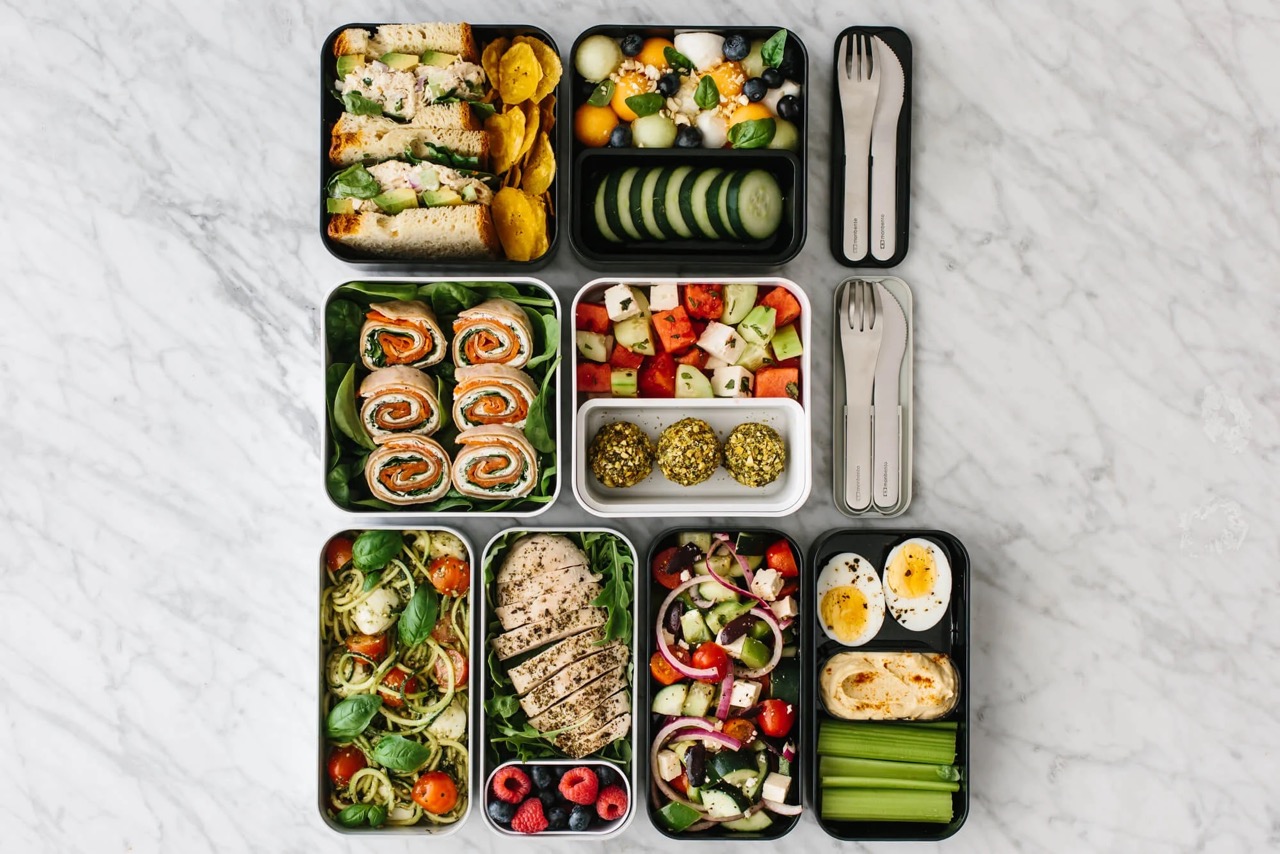
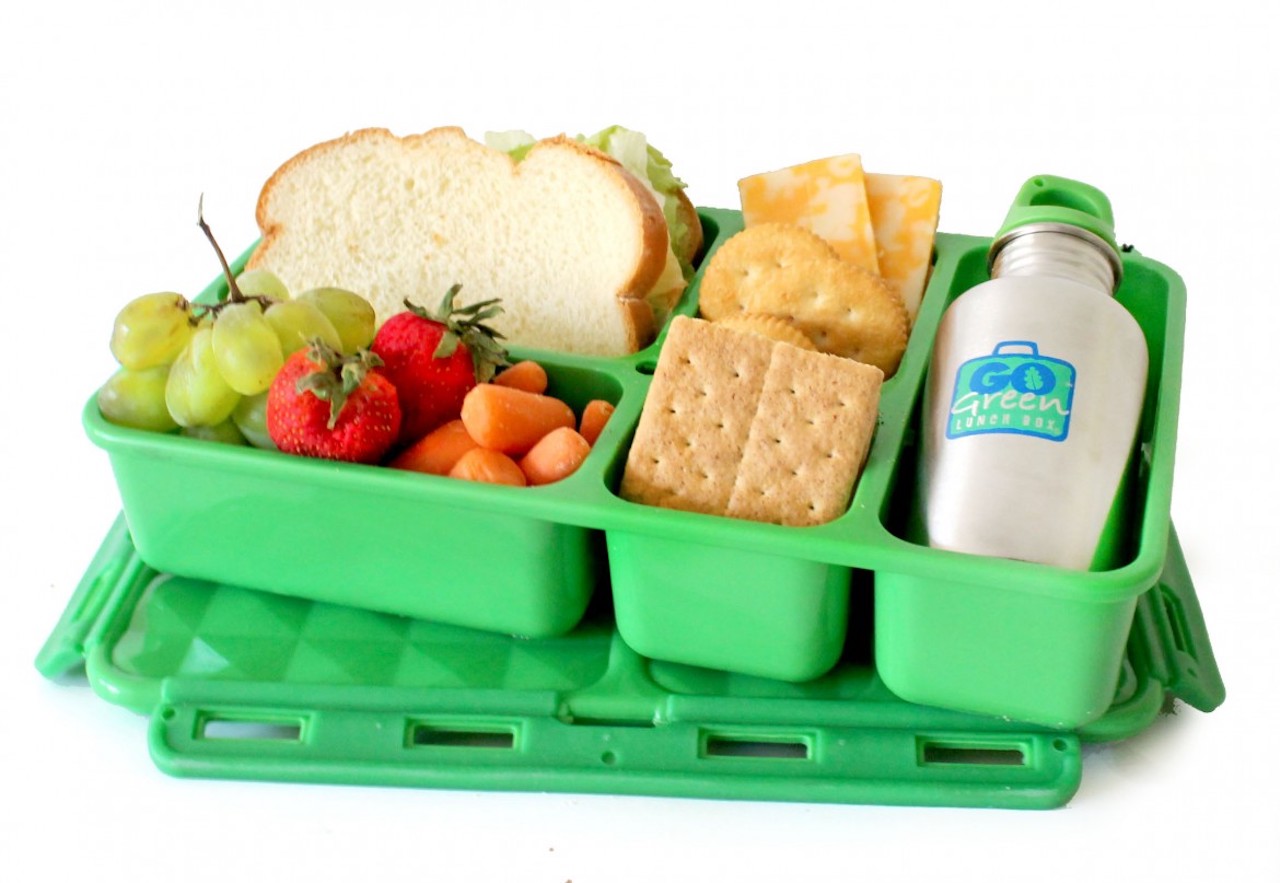
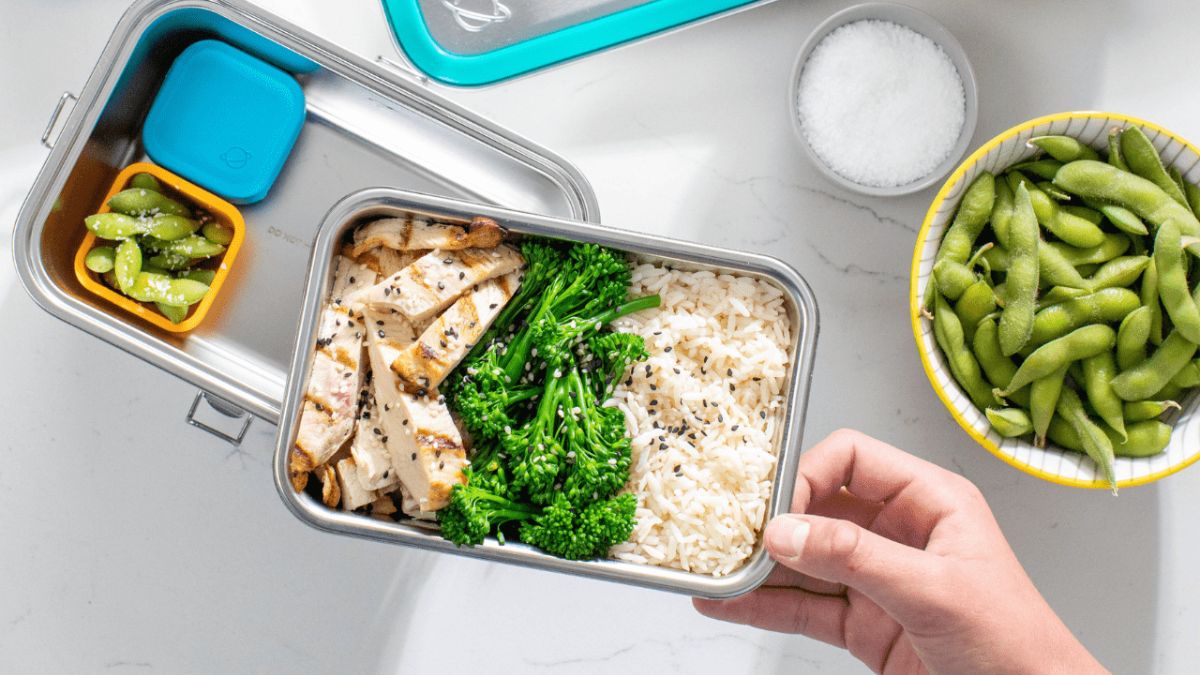
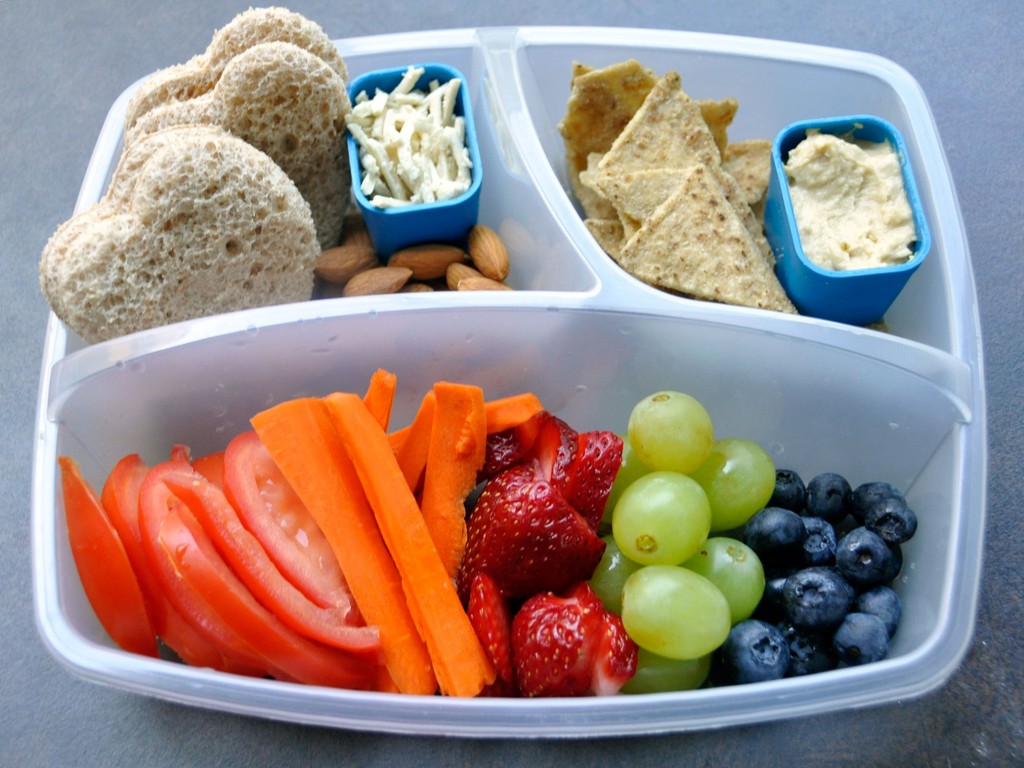
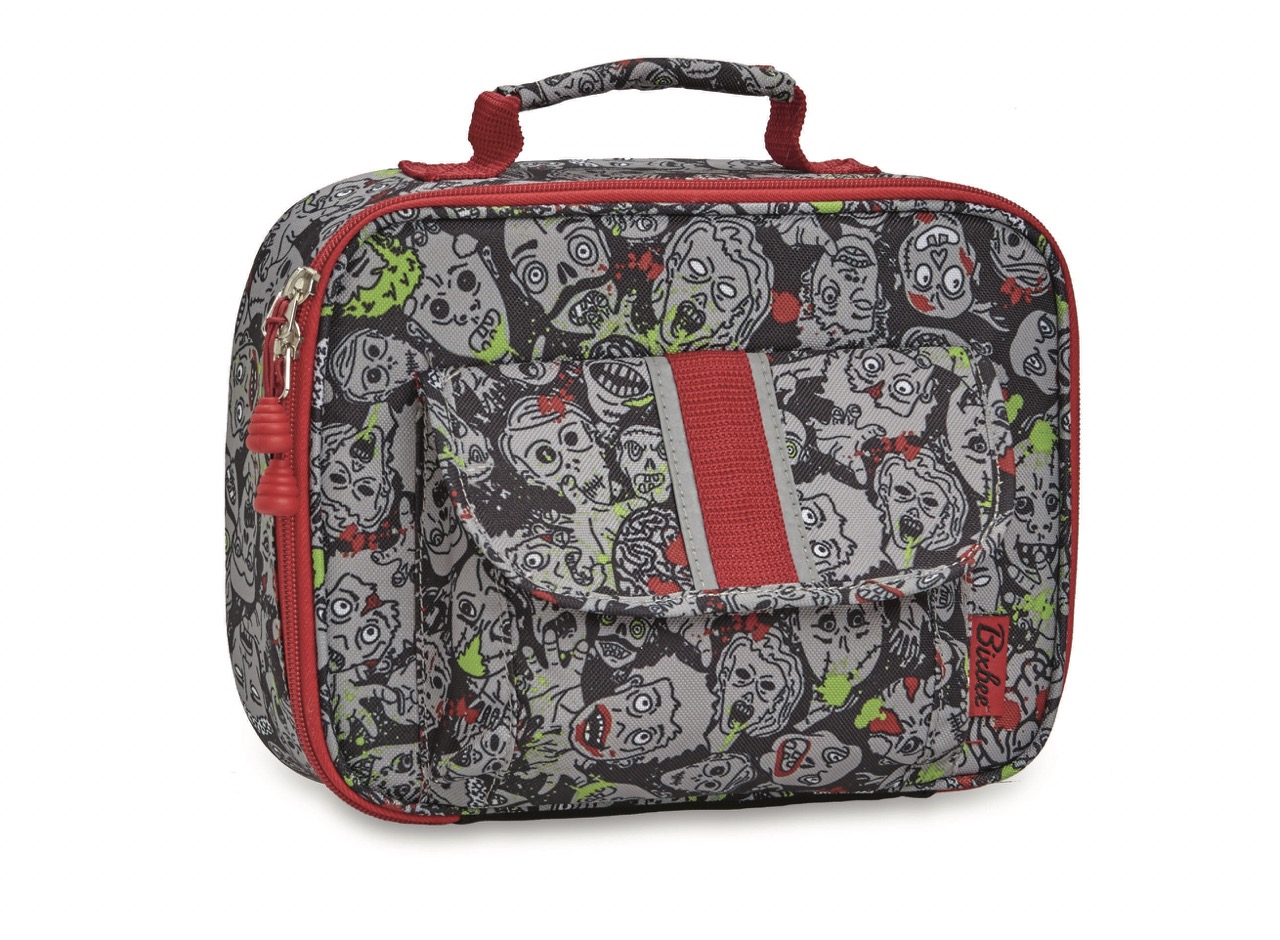
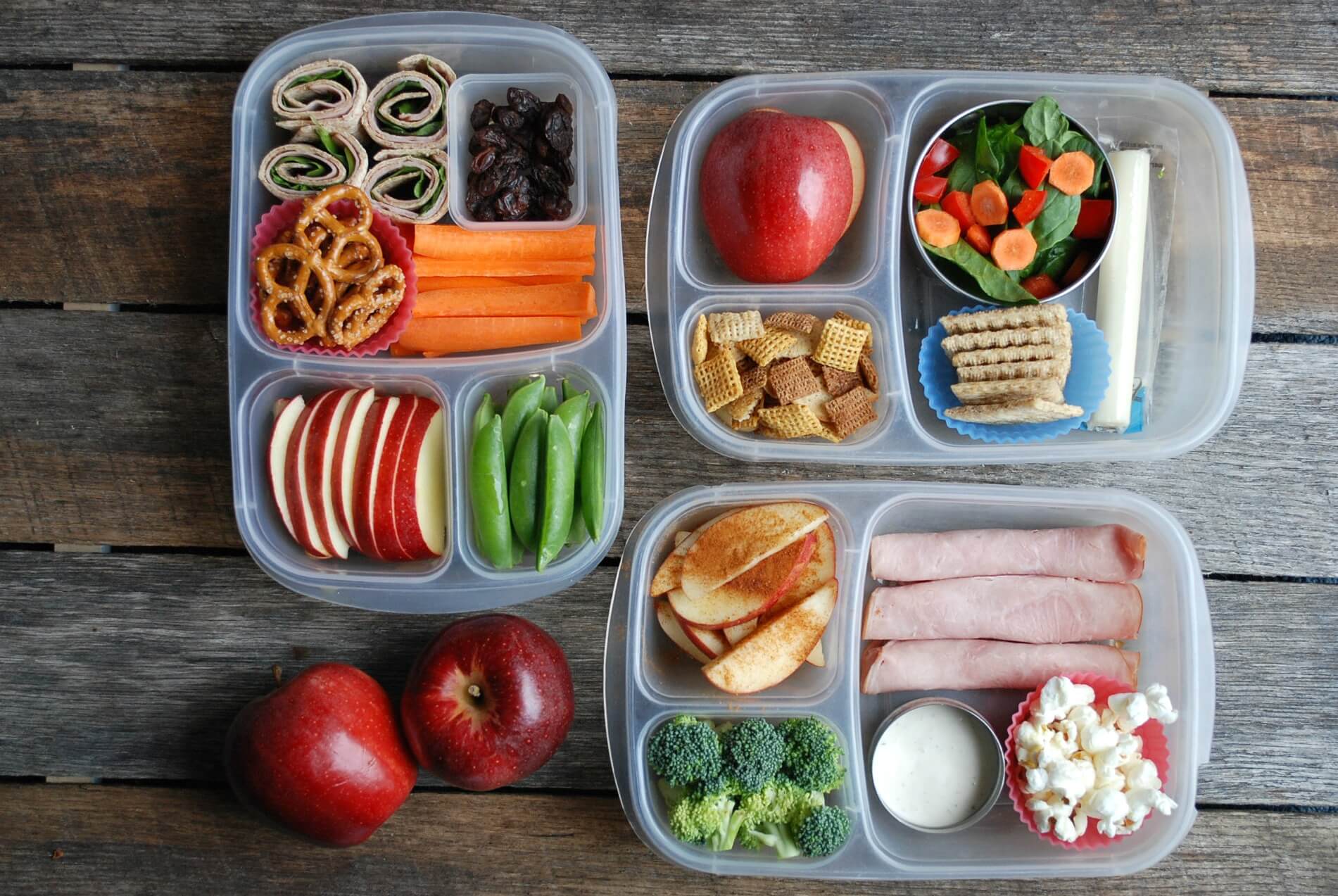
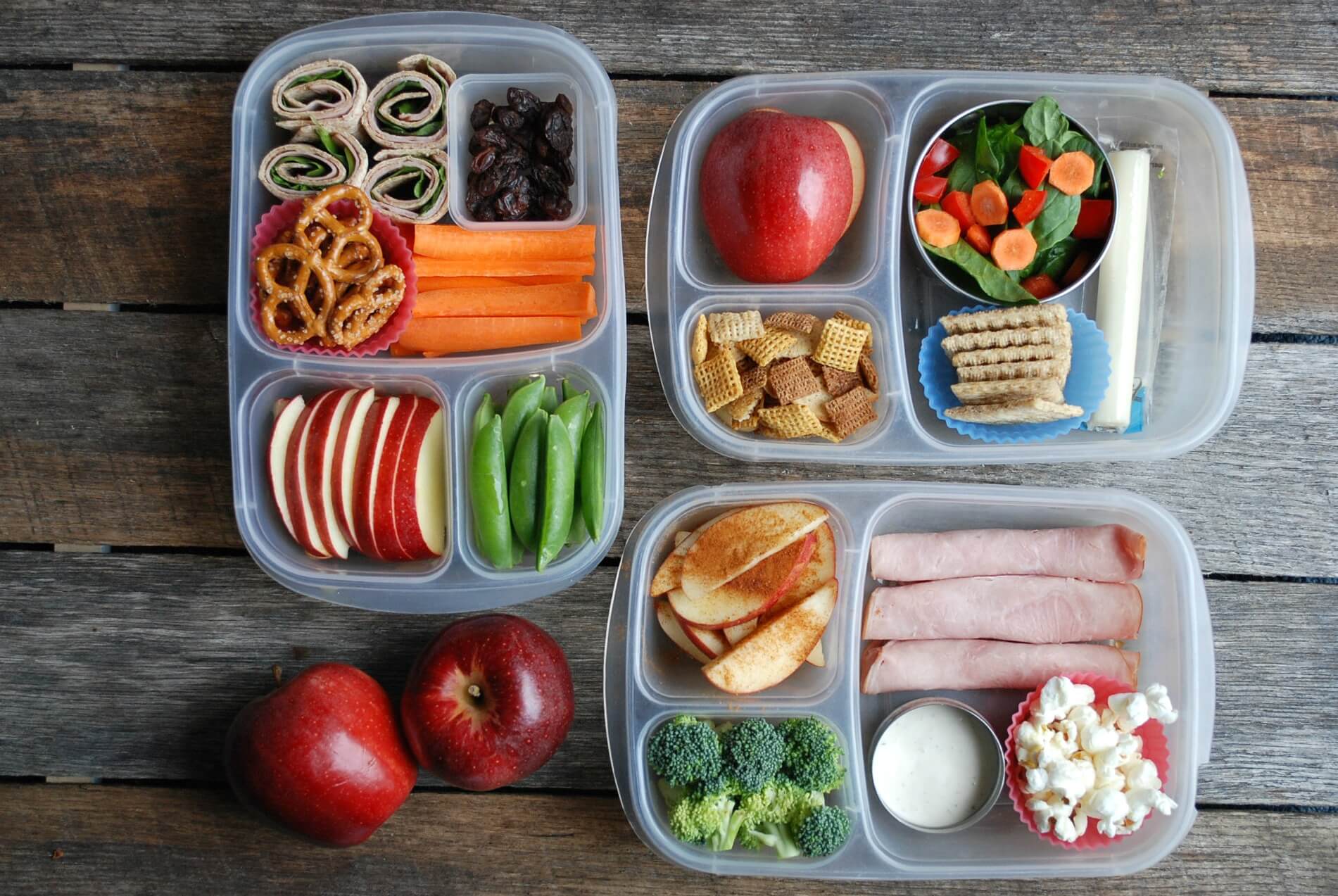
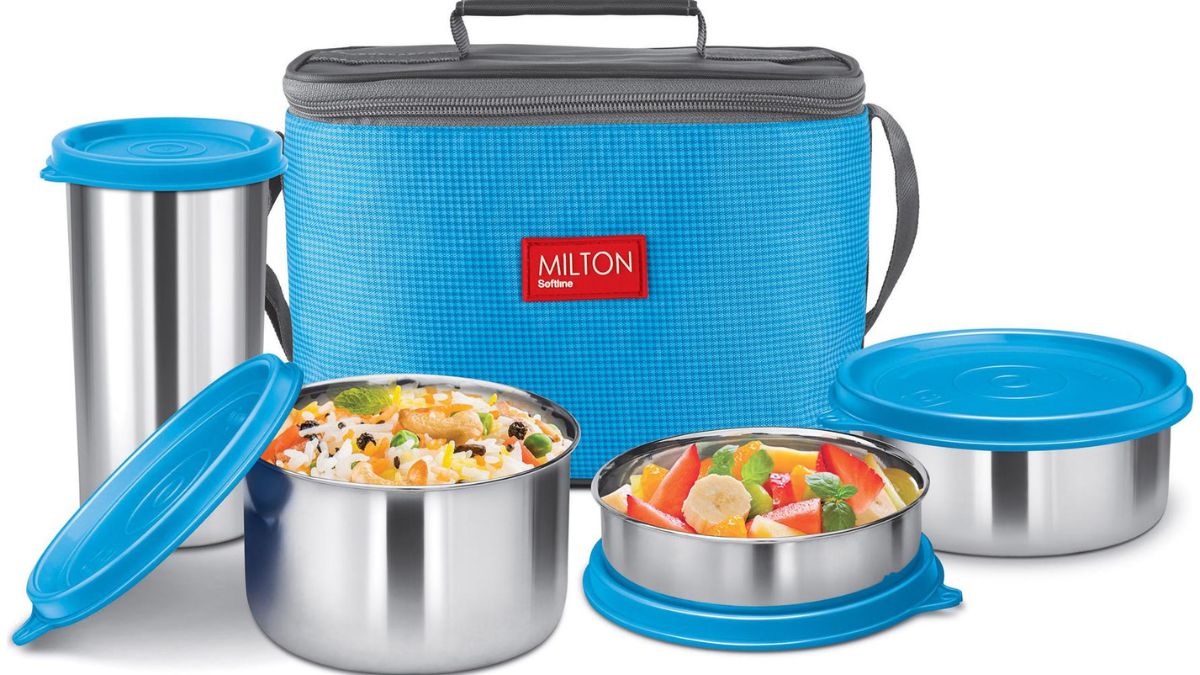
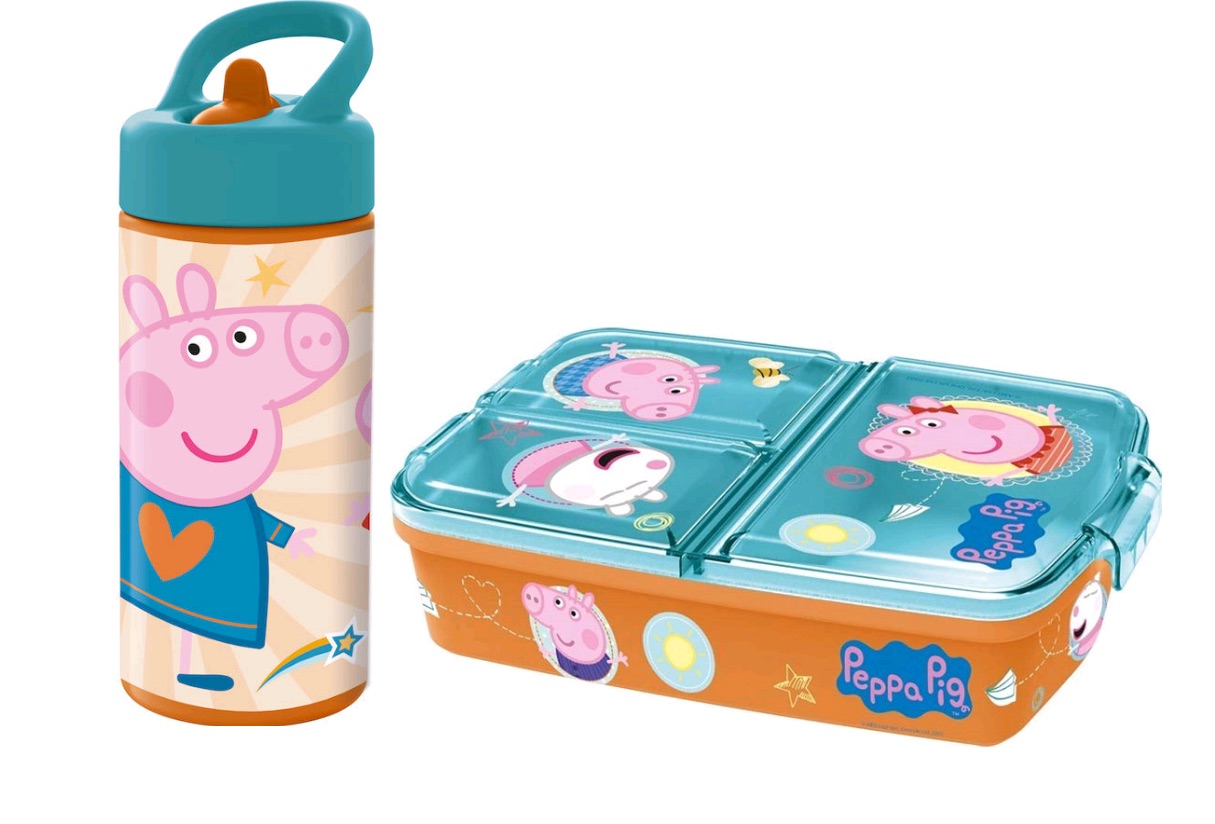
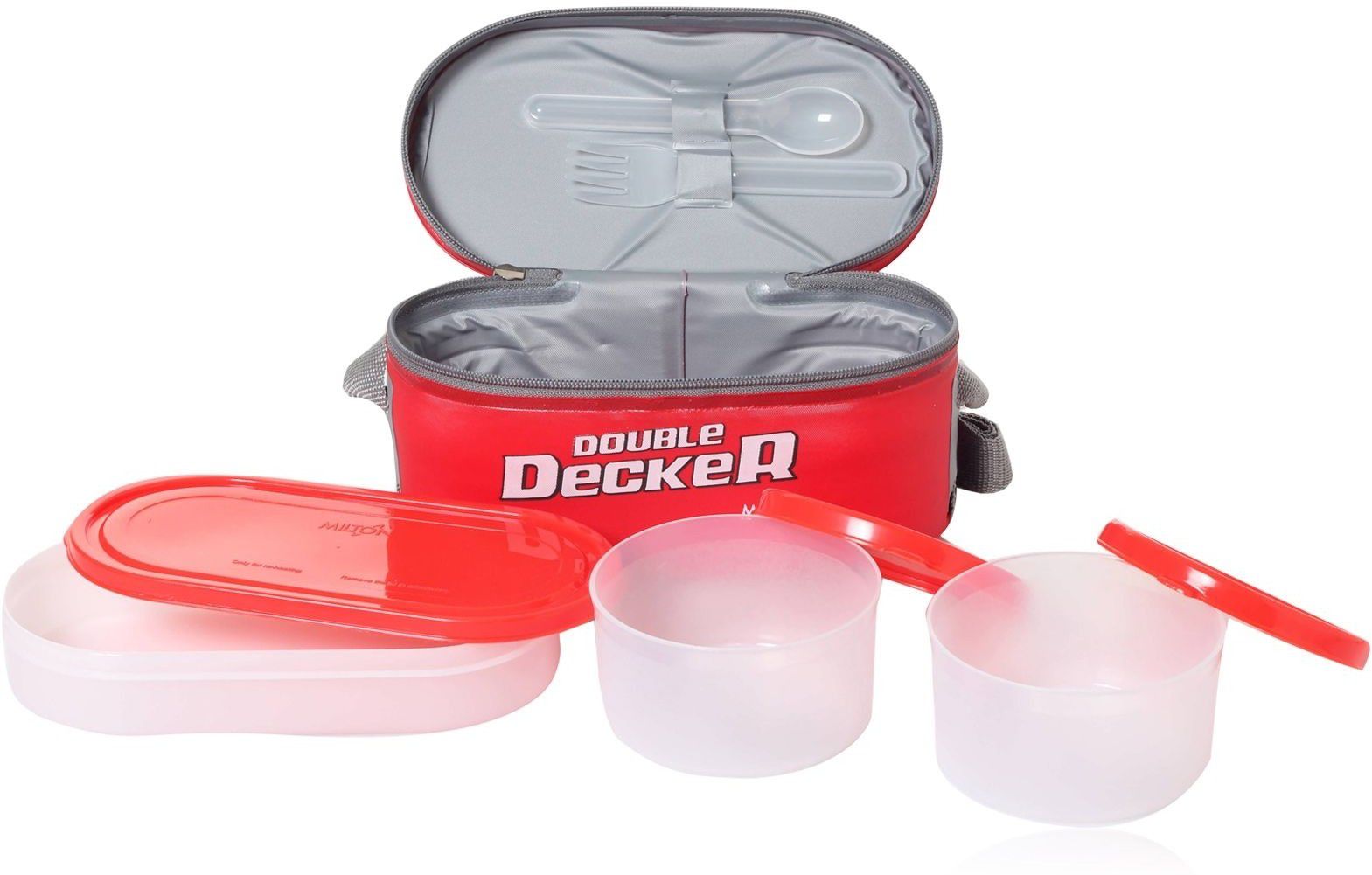
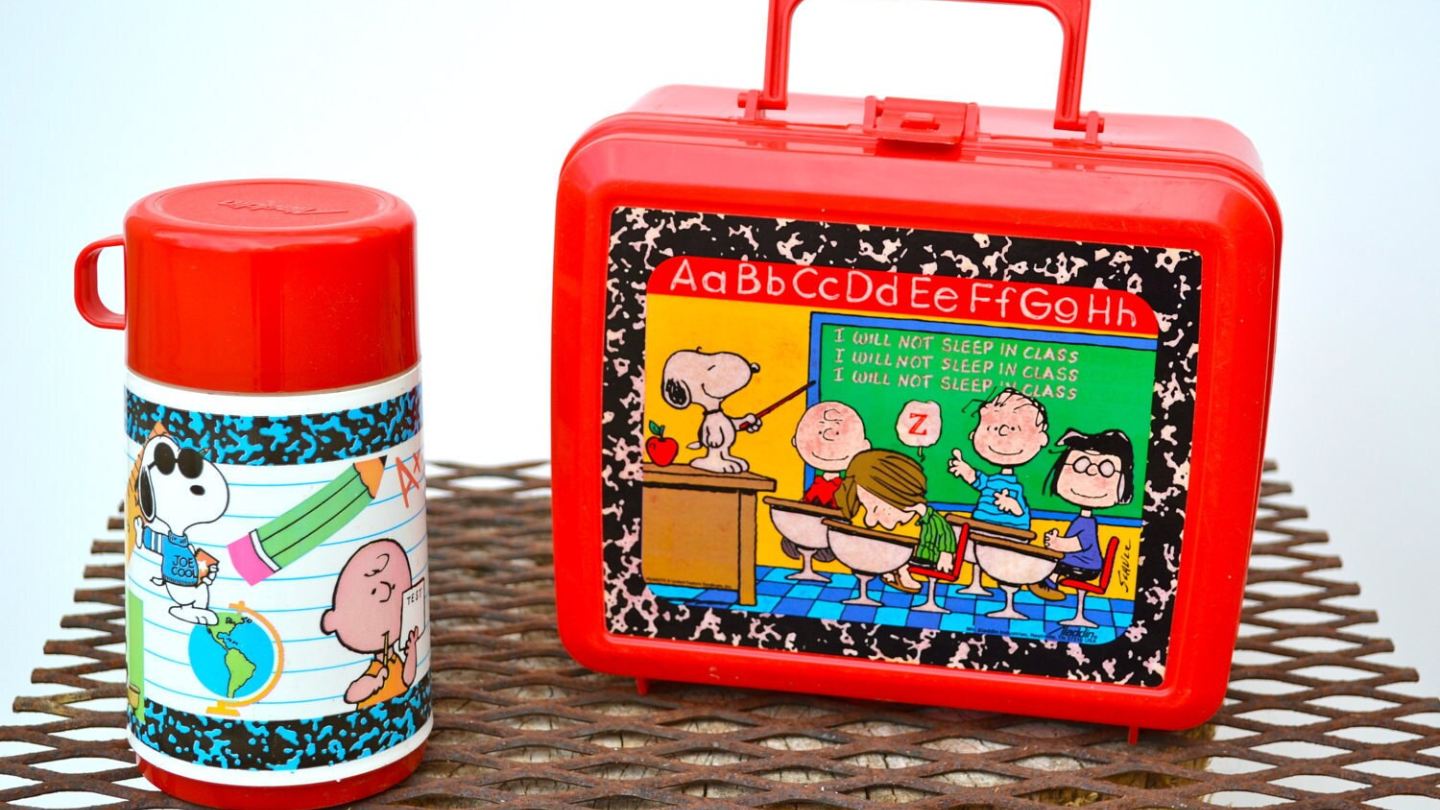
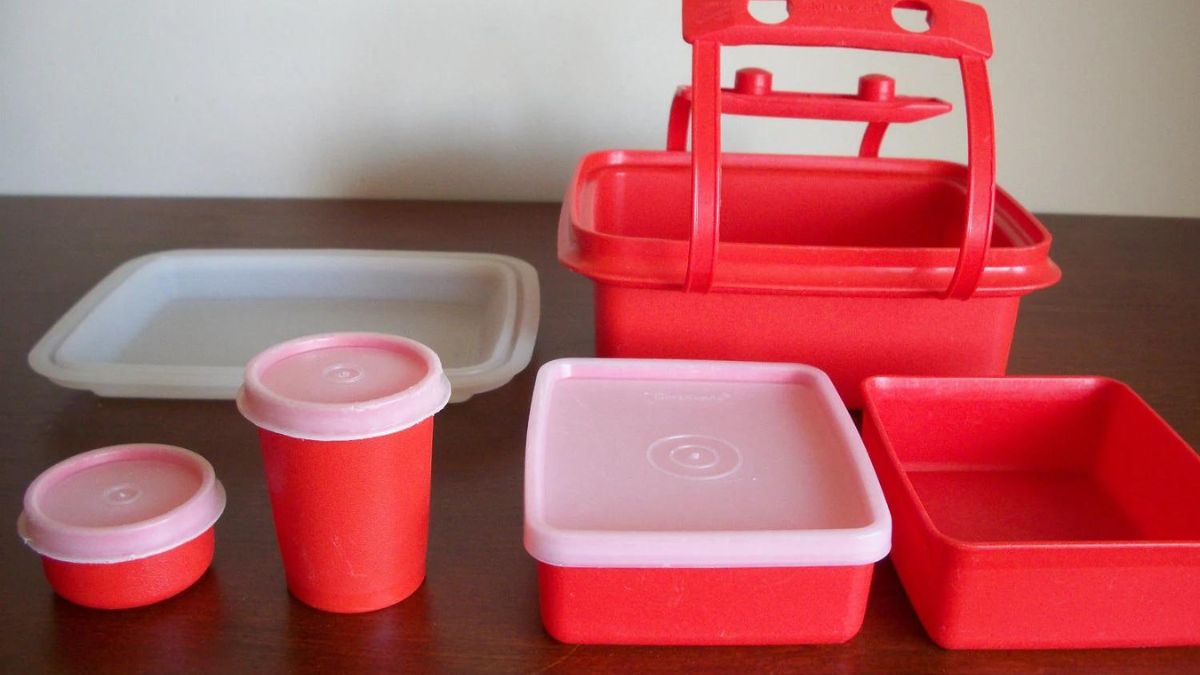
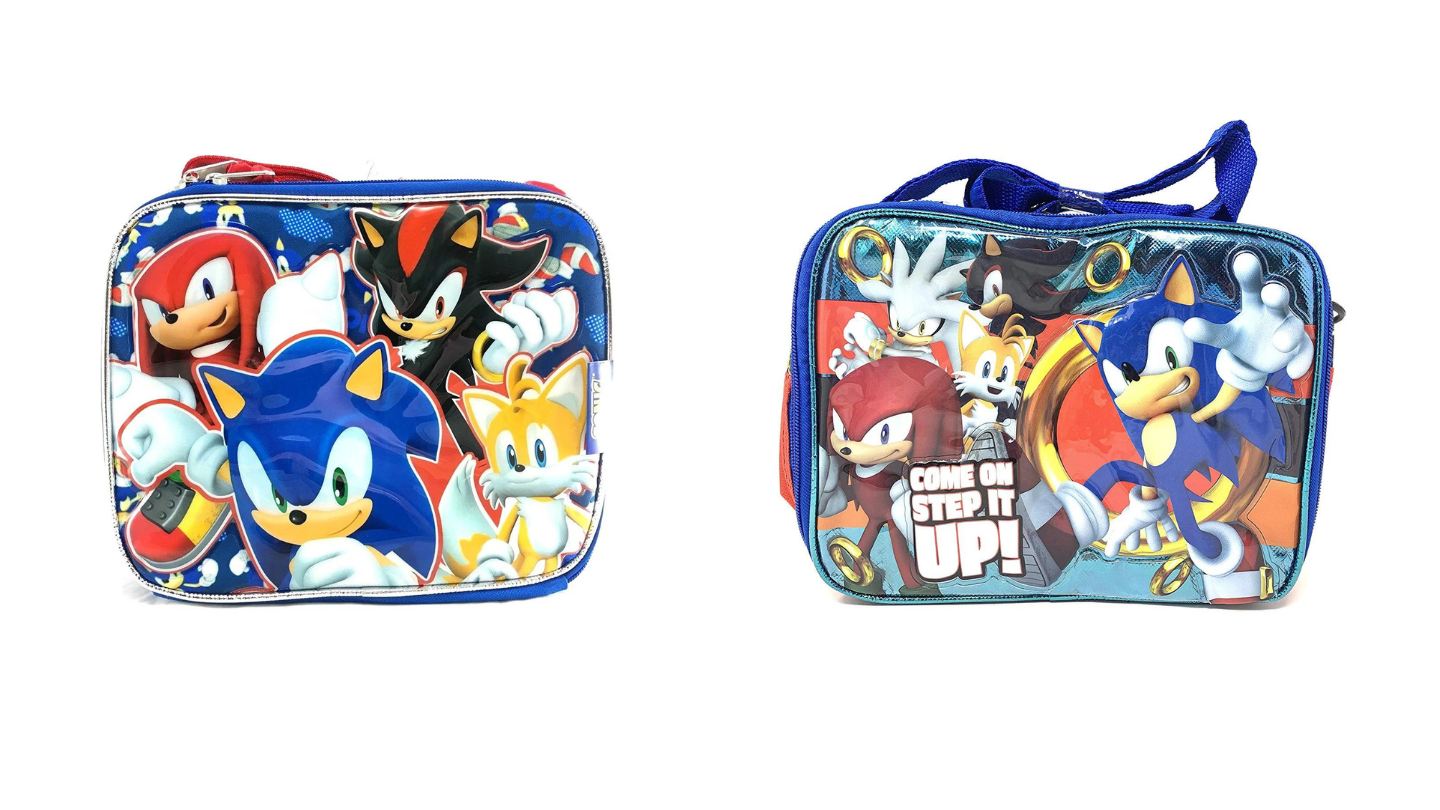

0 thoughts on “What Are Bento Lunch Boxes”